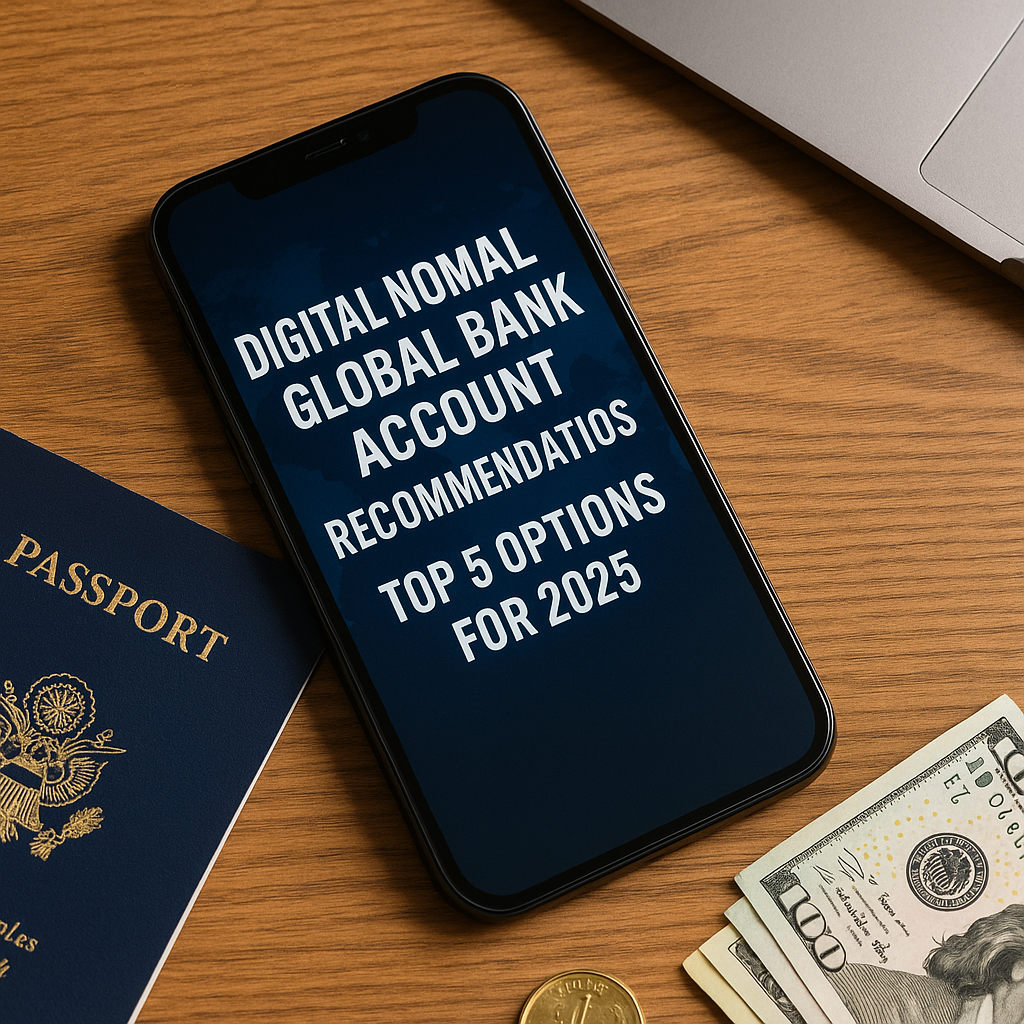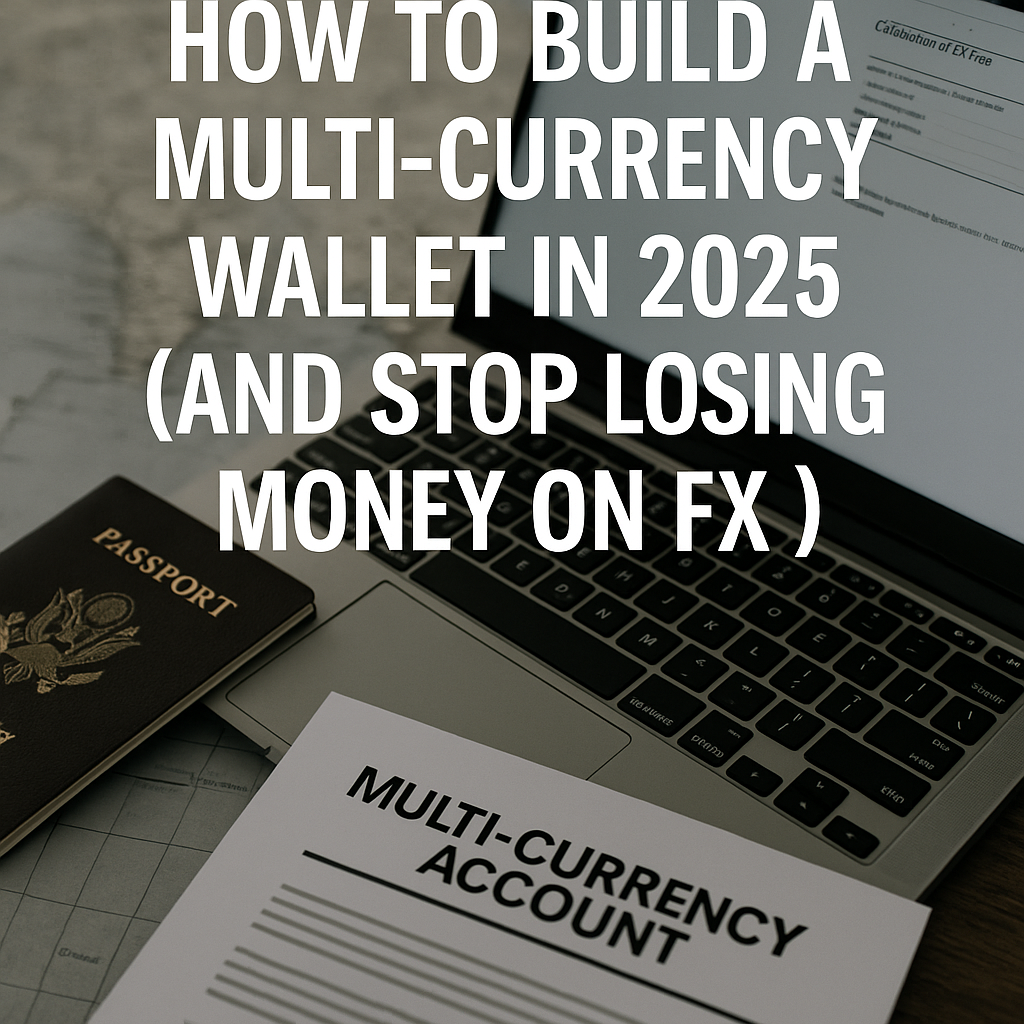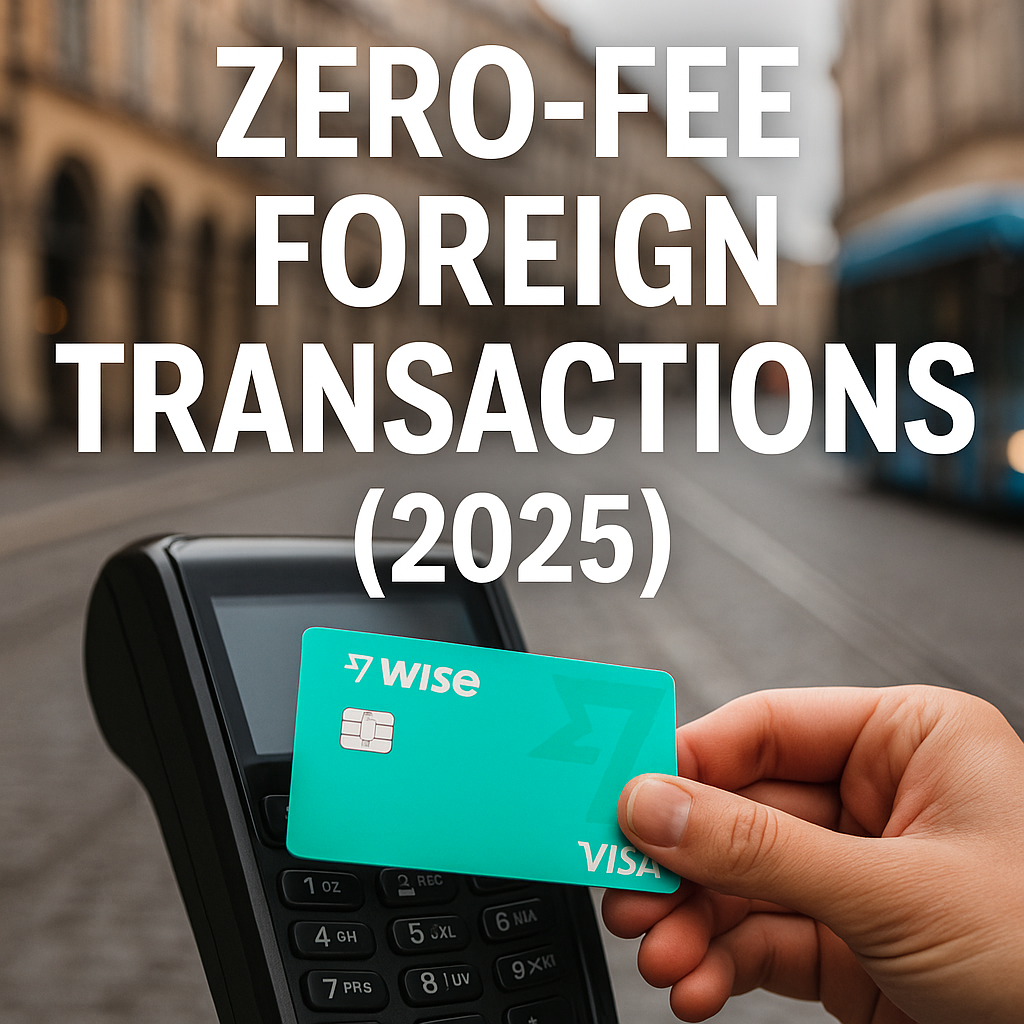Introduction
As the digital nomad lifestyle continues its meteoric rise in 2025, managing finances across borders has never been more critical. Traditional brick-and-mortar bank accounts often impose hefty fees on currency exchanges, international ATM withdrawals, and monthly maintenance. Savvy nomads demand streamlined platforms that combine low (or zero) fees, real-time exchange rates, multi-currency support, and mobile-first experiences. Drawing on insights from the world’s most successful nomad blogs, we’ve rigorously tested and benchmarked the leading global banking solutions to bring you the top five accounts that will optimize your finances—whether you’re sipping espresso in Lisbon or co-working in Bali.
Criteria for Selection
To mirror best-in-class recommendations, we applied these filters:
- No Monthly Maintenance Fees: Accounts that waive monthly minimums.
- Low/Zero FX Spread: Tight spreads (<1%) on currency conversions.
- Global ATM Access: Fee reimbursement or minimal withdrawal costs worldwide.
- Multi-Currency Wallets: Seamless holding and spending in multiple currencies.
- Instant Mobile Onboarding: Account setup completed in under 5 minutes via app.
- Security & Regulation: Fully licensed, insured under local deposit schemes.
Top 5 Digital Nomad Bank Accounts
| Rank | Provider | Monthly Fee | FX Spread | ATM Fees | Currencies Supported | Key Features |
|---|---|---|---|---|---|---|
| 1 | Wise Borderless | $0 | 0.35% | Free up to $200/month | 50+ | Real-time rates, multi-currency debit card |
| 2 | Revolut | $0–$9.99 | 0.5% | Free up to 5 withdrawals/month | 30+ | Budgeting vaults, crypto support |
| 3 | N26 | €0–€9.90 | 0.5% | Free in EEA; $2 outside | 20+ | Spaces sub-accounts, integrated analytics |
| 4 | Monzo | £0–£16.00 | 0.5% | Free up to £200; 3% after | 29 | Bill splitting, in-app abroad fee cap alerts |
| 5 | Payoneer | $0 | 1.0% | $3.15 per ATM | 150+ | Marketplace payments, global receiving accounts |
How to Set Up & Use
- Download & KYC
- Install the provider’s app from App Store/Google Play.
- Complete identity verification with passport or national ID.
- Fund Your Account
- Link a home-country bank or use debit/credit card top-ups.
- Transfer local currency to your multi-currency wallet.
- Spend Globally
- Use the issued debit card anywhere—POS or ATM.
- Monitor real-time FX rates and enable spending alerts.
- Manage Multiple Currencies
- Convert between currencies at optimal times.
- Hold balances in USD, EUR, GBP, JPY, and local currencies.
- Advanced Hacks
- Use batch transfers to minimize fees.
- Set up automated top-ups to avoid manual funding delays.
- Leverage sub-accounts (Revolut Vaults, N26 Spaces) for budget categories.
Comparison & Case Study
Case Study: Emily’s Euro–Dollar Arbitrage
- Emily earned freelance income in USD and needed EUR for Lisbon living costs.
- She opened a Wise Borderless account, enabling real-time EUR/USD conversions at 0.35% spread versus 2% bank markup.
- Over six months, she saved $450 in FX fees—funds reinvested in local experiences.
Best Practices & Tips
- Diversify Providers: Use two accounts for backup in case of regional outages.
- Monitor Fees: Check monthly allowances and FX limits to avoid surprise charges.
- Stay Updated: Providers frequently update features—read official changelogs.
- Security: Enable 2FA, face/fingerprint unlock, and set spending limits.


